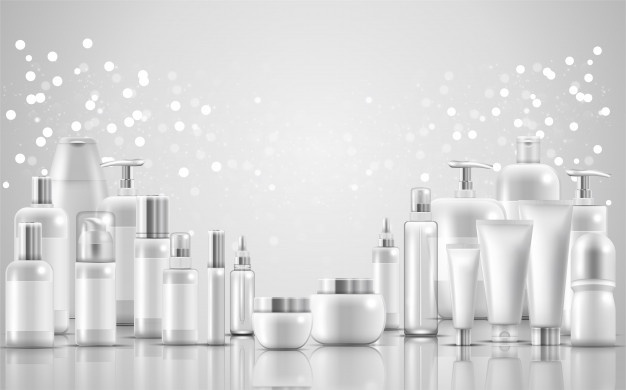Stakeholders awareness about the need for transparency in the beauty industry has increase manifold in the last decade due to easier access to sources of information. The global initiatives for sustainability and transparency has contributed a lot to this awareness. While there can be myriads of diverse factors that can potentially contribute to transparency in the beauty industry , we will only talk about five most important key factors that can define the baselines for transparency in the beauty industry.
Transparency of Ingredients in Beauty Products
It is right of the stakeholders to know about the ingredients of the beauty products. With growing consumer awareness, it is gradually becoming difficult to sell magic formulas and secret ingredients to a literate and digitally empowered consumer base. The quality of transparency of the beauty industry depends on the level of details made available by the brands about the ingredients used by them.
Transparency of the Beauty Product Safety
Consumers are becoming more conscious of the risks of any harmful effects of beauty products. It is becoming more important for the brands to be open and transparent about the potential allergies and toxicity of the products. Being transparent about safety of the product is hence a key input to overall transparency of the products in beauty industry.
Transparency of the Environmental Impact
Environmental impact of the product and process is one of the important factors defining transparency of the beauty industry. There is a growing awareness about the harmful impact of the primary, secondary and tertiary activities needed for the beauty products to reach the dressing table of the consumer. Brands need to be very transparent about the environmental impact at each step of the supply chain.
Transparency of Human Resource Management
Digitally empowered consumers of current era are increasingly aware of the need for the brands to be transparent about the workplace conditions, working environments, wages, working hours, human resource management philosophy and well being of the workforce producing the beauty products. Beauty brands of today not only need to be aware of the labor issues at their own production facilities , but also the work conditions at each step of the supply chain. This automatically makes supply chain transparency as a prerequisite of transparency in the beauty industry.
Authenticity of the Beauty Products
One of the key responsibilities of a brand towards their consumers is to ensure that the consumers have access to genuine and authentic products. Ensuring authenticity of the products in the market is hence a key factor for ensuring transparency in the beauty industry. If the brands are not transparent about their supply chains, it will automatically make the counterfeits difficult to track. Transparency of the beauty products supply chain is hence a prerequisite for ensuring authenticity of the products in market.

- Daum, C. (2006). Self-Regulation in the Cosmetic Industry: A Necessary Reality or a Cosmetic Illusion?. Food & Drug, 2006.
- Maupin, M. (2018). The societal and environmental impacts of the skincare industry: a case for innovation (Doctoral dissertation, Massachusetts Institute of Technology).
- Muller, A. A. (2016). Manufacturer perspectives on content transparency and material health in the US building products industry.